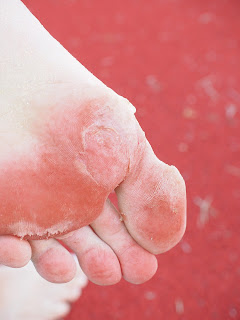Chronic non-healing wounds are something that over 7 million Americans deal with. These wounds are those that aren't able to heal properly over time. They are most prevalent in people that have Type II Diabetes, Neuropathy, or Peripheral Artery Disease. Diabetic amputations are unfortunately pretty common and about 80% of them started as an ulcer that would not heal. After the amputation of a limb, the 5-year mortality rate is 50%. That's devastating.
Treatments for Chronic Wounds
There are a few common treatments that are used in a wound care clinic to treat chronic wounds. These include debridement, which is the removal of damaged tissues or foreign objects from a wound, biologic grafting, a skin replacement procedure that has shown success in supporting tissue regeneration, and other treatments that help wounds heal and prevent infection.
Types of Wounds Treated at a Wound Care Clinic
There are many types of wounds that can be considered chronic wounds. One of the most common chronic wounds is the diabetic foot ulcer, which can have trouble healing because of reduced blood flow to the person's feet. Other types of wounds include those that are related to chronic venous insufficiency, edema, and lymphedema. Traumatic injuries and minor burns are also common wounds to see at a wound care clinic.
Chronic Wound Common Factors
Since diabetic ulcers are common chronic wounds, Type II diabetes is a contributing factor. Also, neuropathy and peripheral artery disease are contributing factors because they make it so that there is reduced blood flow and the ability to notice pain. Other factors that contribute to chronic wounds are a history of smoking, end-stage renal disease, pressure injuries, and other microvascular complications.

Comments
Post a Comment